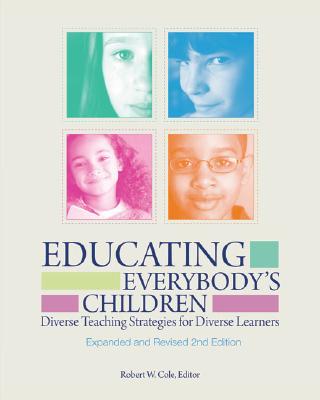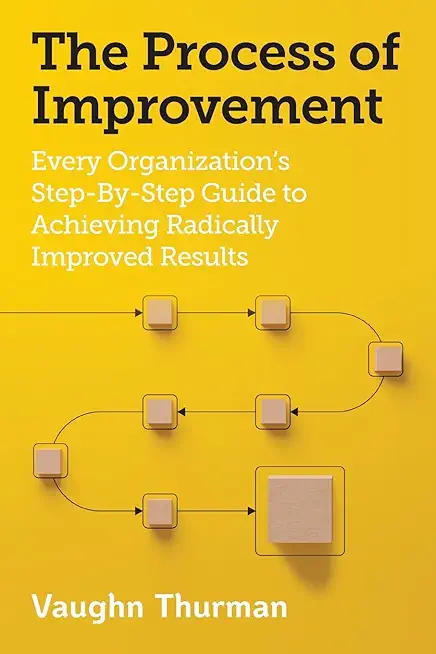
Cole, Robert W.
Designed to promote reflection, discussion, and action among the entire learning community, Educating Everybody's Children encapsulates what research has revealed about successfully addressing the needs of students from economically, ethnically, culturally, and linguistically diverse groups and identifies a wide range of effective principles and instructional strategies.
Although good teaching works well with all students, educators must develop an extensive repertoire of instructional tools to meet the varying needs of students from diverse backgrounds. Those tools and the knowledge base behind them are the foundation of this expanded and revised second edition of Educating Everybody's Children. Each strategy discussed in the book includes classroom examples and a list of the research studies that support it.
The most important thing we have learned as a result of the education reform movement is that student achievement stands or falls on the motivation and skills of teachers. We must ensure that all teachers are capable of delivering a standards-based curriculum that describes what students should know and be able to do, and that these standards are delivered by means of a rich and engaging pedagogy of plenty. By these two acts we can ensure that all schools will be ready and able to educate everybody's children.







